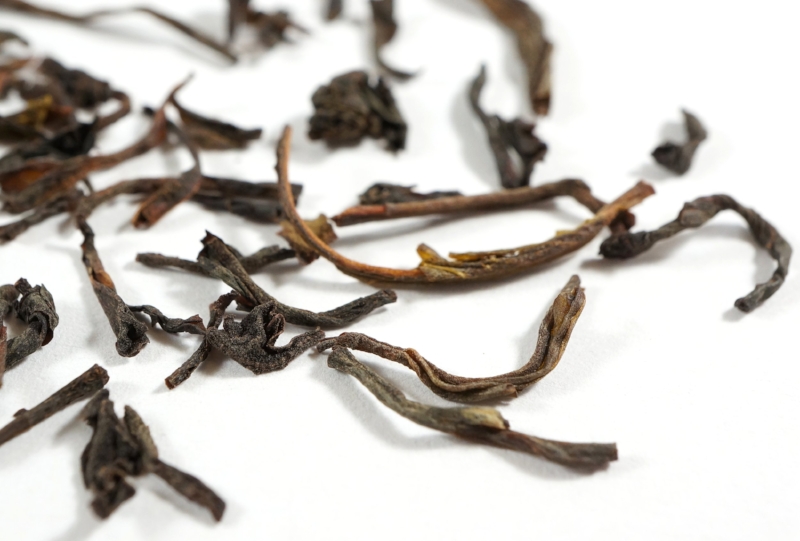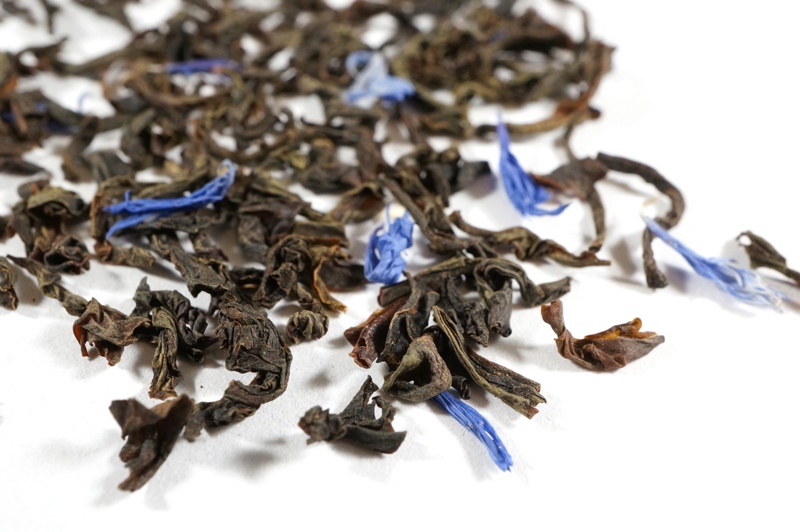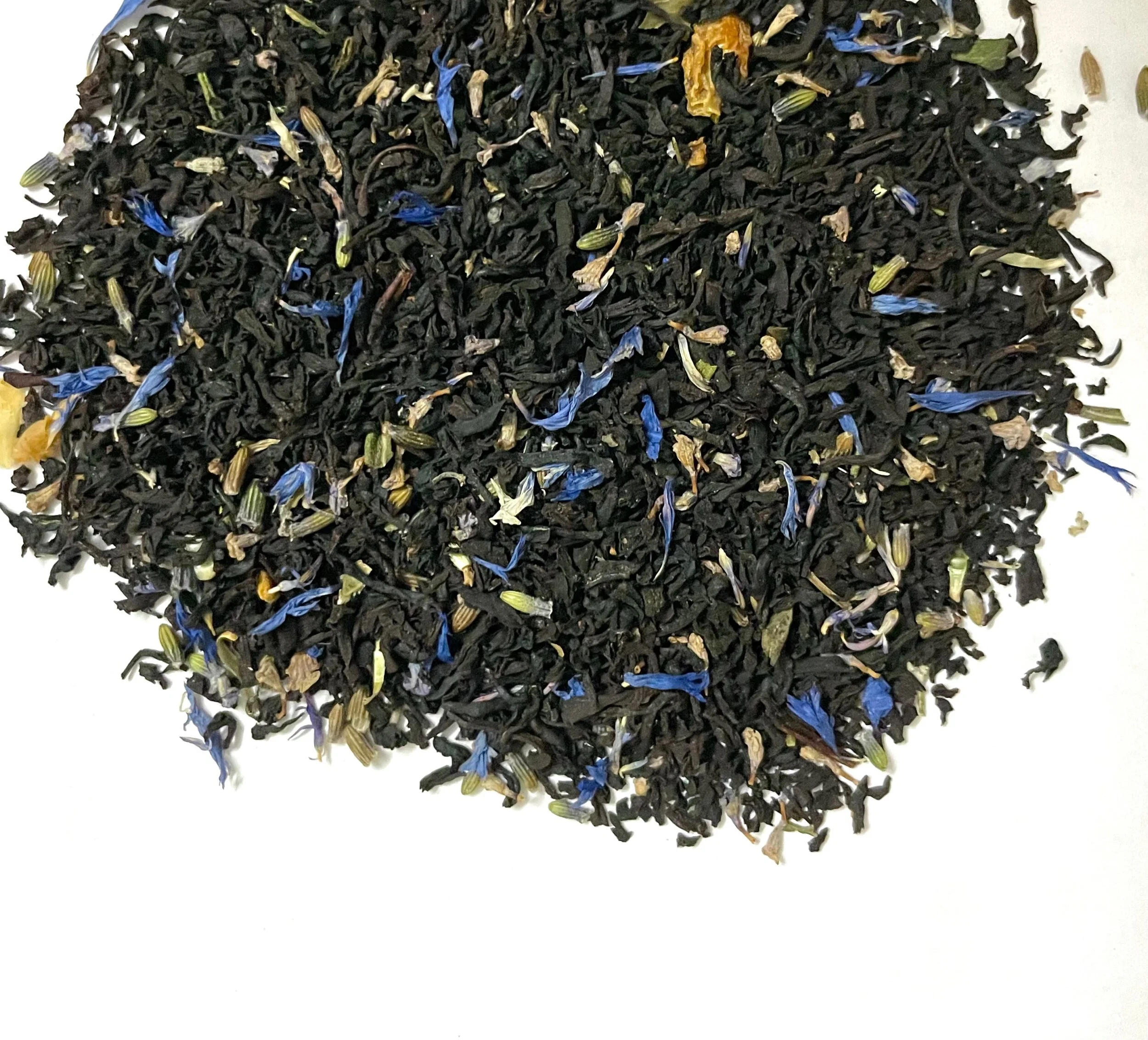There are 3 keys to brewing a nice cup of tea. Right amount of tea leaves, water temperature, and steeping time.
Amount of Tea Leaves
Below are some general guidelines on how much leaves to use for different kinds of tea. Please note that the amount of dry tea leaves to use varies from person to person and from tea to tea, and it is always better to use less tea leaves if you are not sure how strong you would like the tea to be.
Black Tea -- Weak Brew: 2 grams ( 2/3 teaspoon ) of tea leaves per 8oz. cup; Medium Brew: 3-4 grams (1 level teaspoon) of leaves per cup; Strong Brew: 5 grams (1 heaping tea spoon) of leaves per cup.
Green Tea (Same Leaves Can Be Brewed Multiple Times) -- Weak Brew: 3 grams ( 1 teaspoon ) of tea leaves per 8oz. cup; Strong Brew: 5 grams (1 heaping tea spoon) of tea leaves per cup.

Oolong Tea (Same Leaves Can Be Brewed Multiple Times) -- Weak Brew: 3 grams (2/3 teaspoon for the tight rolled Oolong, and 1 heaping teaspoon for waving Oolongs such as Pouchong and Champagne Oolong ) of tea leaves per 8oz. cup; Strong Brew: 5 grams (1 tea spoon for tight rolled Oolong, and 2 teaspoons for waving Oolongs such as Pouchong and Champagne Oolong ) of tea leaves per 8oz. cup.
White Tea (Same Leaves Can Be Brewed Multiple Times) -- Weak Brew: 3 grams ( 2 teaspoons ) of tea leaves per 8oz. cup; Strong Brew: 5 grams (3 teaspoons) of tea leaves per cup.
Water Temperature and Steeping Time
Black Tea -- Use water at boiling temperature. Brew tea for about 3-5 minutes.
Green Tea -- Most Green Tea can be brewed for up to 3 infusions). Use water at about 160-180 degrees Fahrenheit for Japanese Green Tea, and use water at 180-190 degrees Fahrenheit for Chinese Green Tea . First Infusion, brew the tea for 2 minutes then pour all the tea from the tea pot (take the tea infuser out, if you are using tea infuser) into the cups and enjoy; Second Infusion, brew the tea a little longer (3-4 minutes); Third Infusion, brew the tea for 5 minutes.
White Tea -- Use water at about 180 degrees Fahrenheit and brew tea for 3-5 minutes.
Oolong Tea -- Oolong tea can also be brewed multiple times (some can even be brewed for up to 7 times). Use water at 180-190 degrees Fahrenheit. First Infusion, brew the tea for 1-2 minutes then pour all the tea from the tea pot (take the tea infuser out, if you are using tea infuser) into the cups and enjoy; Second Infusion, brew the tea a little longer (2-3 minutes); Third Infusion, brew the tea for 3-5 minutes.
Herbal and Fruit Blend -- Use water at boiling temperature. Brew tea for about 3-5 minutes.















































































